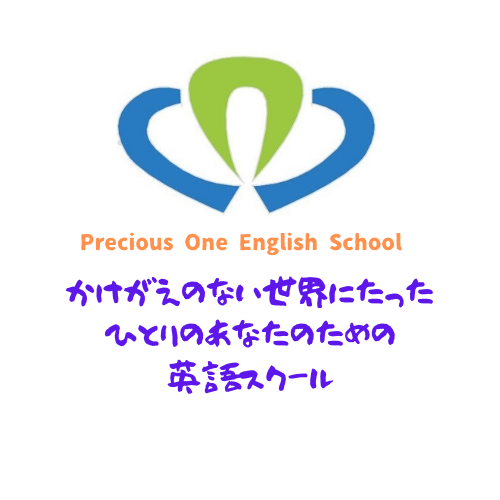John
In 1965 I eagerly volunteered to go in-country (boots on the ground in South Vietnam) after my first Yokosuka, Japan-homeported warship (destroyer) had seen combat action in the South China Sea. Combat action can be exciting, even thrilling – but we end up with a lot of dead people, mainly women and children. War is hell.
In Sumer 1965 the South Vietnamese armed forces were still our main fighting force. Most of us Americans were advisors to the Vietnamese. U.S. Army General William Westmoreland was both Commander U. S. Military Assistance Command Vietnam and Senior Advisor to the Vietnamese military. I met him when he personally spoke at a weekly meeting of newly arrived advisors of which I was one. We were there on a 364 day assignment. He was there indefinitely, so his wife had moved to Clark Air Base in the Philippines – almost close enough for a day trip!
As an in-country advisor I rode armed wooden junks of the Republic of Vietnam Navy Junk Force, Coastal Group 45, and lived very close to Vietnamese people (farmers and fishermen) who were conscripted civilians (my counterpart had been a school teacher), not professional military. That notwithstanding, our 50 caliber machine gun mounted on the command junk saw great use.
During this time period the tremendous buildup of U.S. forces in Vietnam commenced. My boss was a U.S. Coast Guard Captain who had brought a squadron of heavily armed (mortar and 50 cal machine guns) Coast Guard 84 ft. cutters to the Gulf of Thailand to help block the coastal flow of arms from Cambodia to the Vietnam Mekong Delta area. The arrival of the first U.S. Navy swift boats followed. The U.S. Marine 3rd Infantry Division landed at Danang, a coastal city far to the north on the South China Sea, to counter land infiltration from the North. The U.S. Army First Air Calvary arrived with more than 400 helicopters, mainly Hueys, to double the number of U.S. choppers in-country. The U. S. Seventh Air Force was established at Ton Son Nhut Airbase/Saigon Airport to centralize control of the air war in Southeast Asia, including the air wings of Task Force 70 (U.S. Navy Seventh Fleet aircraft carriers, combatant warships, and support ships, often as many as four aircraft carriers on “Yankee Station” at a time in the Tonkin Gulf).
Later I worked in the U.S. Navy CTF 115 (Market Time) Command Center in Saigon (now Ho Chi Minh City) as a watch officer 8 hours a day, 7 days a week. It was like living in Honolulu or Hong Kong except for the occasional car-bomb attacks on US military hotels (imagine the Hale Koa or New Sanno under attack). There were so many Americans (targets) in Saigon we thought the Viet Kong must be bewildered in having to determine what/who would be the best target to hit next. Parenthetically we were next door to General Westmoreland’s residence, so were trained and equipped with rifles as a backup emergency force in case the Bad guys paid him a visit at home.
I had a Honda 90 cc motor scooter, a 357 magnum revolver, a pretty Chinese girlfriend (I was still a bachelor then), and more money than I could spend in Saigon. That part was not hell! Upon return to the USA I took delivery of a 1966 Austin-Healey roadster purchased with the money I saved in Vietnam. It seemed strange to have profited from being in combat.
After attending a six-month school in Surface Warfare at Newport, RI in 1966-67, I returned to Yokosuka and served on three more warships that mainly conducted combat operations in the waters off both South Vietnam and North Vietnam. The second ship was hit by enemy fire on two occasions and we lost a few good young men (no women on USN ships then).So my personal views are based on combat experience in 9 years out of a 10-year span.
I had become a Professional Military Officer by then, and realized that war is hell-on-earth, but for us it seems to be the price we have to pay for freedom. For years I have told my less-experienced Japanese friends that peace is nice but freedom is what we have to protect – every generation.
The year in the “combat decade” when I did not see combat (1969) was spent at the Naval Postgraduate School in Monterey, California earning a Master’s Degree in Information Systems Management. There I became very discouraged by the terrible treatment of U.S. military persons, especially those identifiable as Vietnam combat veterans, all across the USA. I did not appreciate Canada’s hospitality offered to U.S. draft dodgers, either.
I was extremely disturbed by Jane Fonda and other Hollywood personalities aiding and abetting the North Vietnam government including actually making high profile visits to Hanoi while US military members were being held there in Hanoi as prisoners of war and being tortured. You could have just asked Senator John McCain (now deceased) about that bit of history; I later worked with a shot-down U.S. Air Force F-4 pilot who was one of his fellow prisoners in the infamous “Hanoi Hilton”.
I was terribly disappointed when President Nixon and SECSTATE Kissinger at the Paris Peace Talks negotiated to give away the freedom of the South Vietnamese people, especially since 50,000 of us had been killed trying to preserve their freedom. I understood that our cold war global strategy was containment (of communism), and the Vietnam War was a small part of it.
But I still cannot stomach what our government did nor the human price did we pay for it. Especially starting with the U.S. panic exodus in April 1975, thousands of South Vietnamese people took to sea in small boats to make their escape from the world we left for them. My own experience from 1975 to 1978 was to routinely spot small boats far from shore in the South China Sea and Gulf of Thailand filled with hopeful refugees headed away from Vietnam. We helped them when we could: fix the boat engine, treat medical emergencies, provide food and water, and even rescue in matters of life or death, e.g., approaching typhoon.
As an aside, later on my daughter Yuki was in grade school and needed to make a report on the Vietnam War. She asked if I could help and of course I said yes. One of her questions was “Dad, did you kill anybody?” I did not want to lie to her, nor for her to think of her father as a killer, so I answered “I tried to, very hard”. She has never, so far, asked the question again.
Original written on 2017.05.31, modified on 2019.11.29




















コメントを投稿するにはログインしてください。